Services & Equipment
Our Facilities
- A -36°C archive freezer for ice storage.
- A -25°C working freezer that houses bandsaws, chop saws, a horizontal saw, and two ice core digital scanning systems.
- A room-temperature analytical lab that houses various instruments and systems for measuring the chemical and isotopic composition of liquid ice core samples.
Services
We welcome visitors to the ice core lab to train on our equipment (listed below) or run samples. We strive to make our lab services accessible to anyone interested in ice core science or related fields of study. Our only ask is that samples meet certain "clean" requirements. The ice core lab is dedicated to the running of clean polar and glacial ice and snow.
For more details on clean requirements (especially if you are unsure if your sample will meet the requirements), contact us by phone or email.
Lab Service Requisition
To submit samples for our lab services, please complete our Lab Services Requisition Form.
| Lab Service | Internal Client Cost | External Client Cost |
|---|---|---|
| Ion Chromatography | $30/sample | $40/sample |
| Cavity Ringdown Spectroscopy | $25/sample | $35/sample |
| Particle Size Analysis | $30/sample | $40/sample |
| Fluorescence Spectroscopy | $30/sample | $40/sample |
| Optical Microscopy/Petrography | $20/hour | $25/hour |
For all other inquiries regarding:
- sample requirements, submission, and costs;
- coming to CICL to run samples with us; or
- having students visit to train on our equipment
Please contact Alison Criscitiello (crisciti@ualberta.ca) or Anne Myers (almyers@ualberta.ca) directly.
Lab Equipment
Dionex ICS-5000+ DC
Ion chromatography (IC) is a form of liquid chromatography that measures concentrations of ionic species by separating them based on their interaction with a stationary resin. We use IC to determine trace level concentrations of major anions (CH3SO3-, Cl-, Br-, SO42-, NO3-, and PO43-) and cations (Na+, NH4+, K+, Mg2+, and Ca2+) in ice core samples.
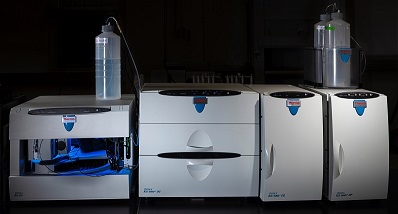
Picarro L2140-i Analyzer
Our Cavity Ringdown Spectrometer (CRDS) measures the absorption of light by gaseous molecules at specific wavelengths and relates this to molecule concentration in the sample. We use CRDS to determine concentrations of oxygen and hydrogen isotopes and the resulting δ18O and δ2H values in ice core samples.
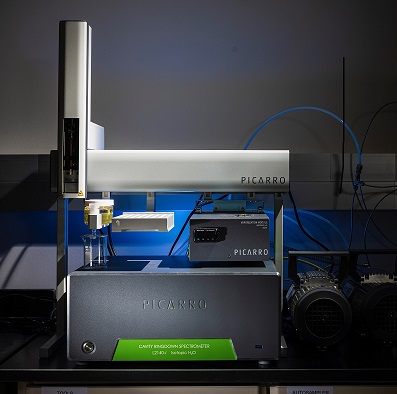
Beckman Coulter Multisizer 4e Coulter Counter
Our Multisizer 4e measures the number and size of particles (0.6-1200μm) present in a sample. The technique measures voltage pulses produced as particles suspended in solution pass through an aperture under electrical current. These pulses are proportional to particle size.
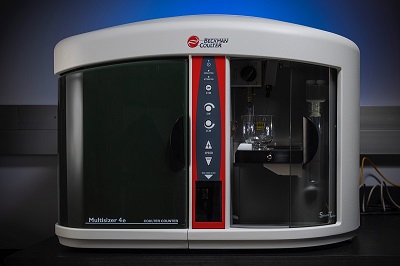
Horiba Scientific Aqualog
In fluorescence spectroscopy, a beam passes through a cuvette holding a solution, molecules are then elevated into an excited state (higher energy state) by absorbing light from the beam passing through. When the molecule falls back into its ground state it emits the excess energy in the form of fluorescence. The resulting emission spectrum helps to identify organic matter in meltwater derived from ice cores.
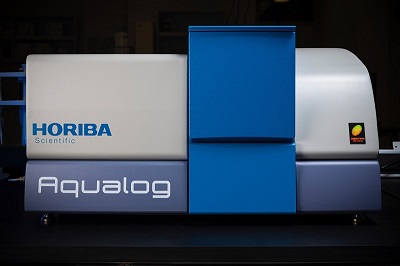
Zeiss Axio Scope A1 with Axiocam camera and ZEN software
Petrographic microscopes use polarized light to reveal optical properties in specimens that help to identify their origin and structure. Our microscope has four objectives that may be used to examine samples at up to 500x magnification. The mounted camera and dedicated PC with ZEN software captures high-resolution photographs and live video of samples and allows for post processing of images. The example images below depict a diatom from a Kluachon Lake sediment core and Katmai tephra from the 2022 Mt. Logan ice core.

Intermediate Layer Core Scanner (ILCS)
The ILCS, developed by Schäfter+Kirchhoff for polar expeditions, the components of which can withstand temperatures of -40°C, is an innovative stratigraphy scanner that uses dark-field illumination. The scanner was developed specifically for the visualization of the laminar structure of polar ice cores.
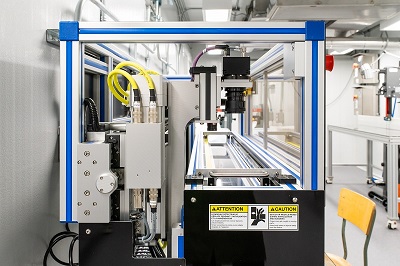
Large Area Scan Macroscope (LASM)
The LASM, developed by Schäfter+Kirchhoff for polar expeditions, the components of which can withstand temperatures of -40°C, is a macroscope with directed bright-field illumination. The macroscope was developed for the investigation of the microstructure of polar ice cores.
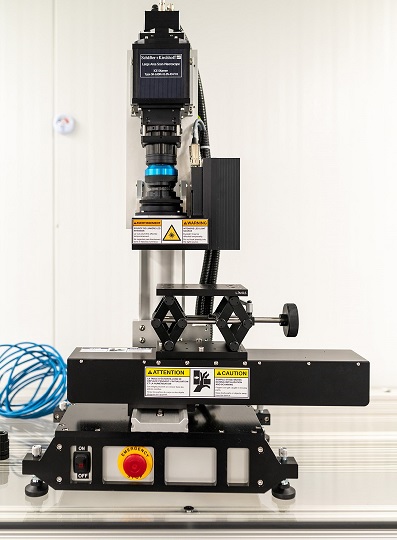
ice coring Field Equipment
We have an inventory of ice core drills and related field equipment available for use and collaboration! This includes:


